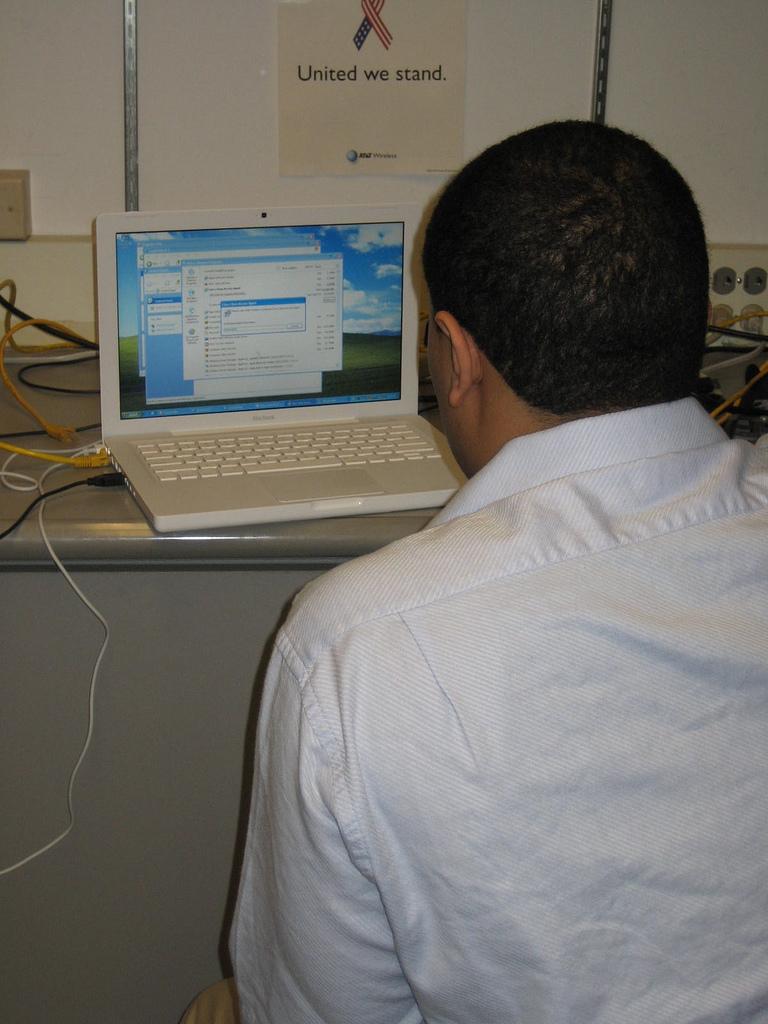Is Fordham’s Wireless Connection Up to Speed?
Students are ‘Dissatisfied’
June 1, 2011
Published: January 31, 2008
FCLC—Many professors post assignments using electronic resources such as Electronic Reserves (ERes) and Blackboard. But how can students complete their assignments if there is a chance they cannot access these Web sites because of deficient wireless connections? Several students at Fordham College at Lincoln Center (FCLC) have said that the poor wireless connection in Lowenstein and McMahon Hall has been going on since the beginning of the academic year.

“I spend quite a bit of time on my computer, and I must say I’m dissatisfied with the service in McMahon,” said Helen Lee, FCLC ’11. “Rarely do I have full service, and it seems that even when it appears I do have full service, I’m getting kicked off AIM [AOL Instant Messenger] or sites won’t load. It is nearly impossible to download anything in McMahon Hall. I’ve had a video take three days to load, and then not play because the weak connection resulted in a faulty file.”
According to the Fordham Web site, the wireless connection at FCLC works through devices called access points which are installed at various locations. These access points are connected to the wired network. A wireless card is installed in most laptops and uses radio frequencies to communicate with the access point and through it to the campus network and the Internet.
Bryant Hernandez, an Information Technology (IT) technician at FCLC, said that the IT team is constantly adding more access points to Lowenstein and McMahon to ensure the best possible connection. “We’re always adding more points, testing the signals, sighting out strategic places to add access points—it’s a never-ending project. In fact, our team has recently been working on improving the wireless connection in McMahon for the past three weeks.”
Luke Villapaz, FCLC ’11, stated that he is “really dissatisfied with the connection. Simple things such as iChat [a visual instant messaging program for Macs] video don’t work whatsoever with anybody in the network, but works outside of it. What’s the deal with that? For a university network, I really expected more.”
In response to the complaints about uploading iChat or AIM, Hernandez said, “Officially, we don’t support programs such as iChat or AIM on the network. The problem with AIM and iChat is that they use certain ports to do their work. For security reasons, not just for Fordham but for the safety of all faculty, staff and students, we disable some of those ports to protect from outside threats such as hackers, spy-ware and even some viruses. In turn you get intermittent issues with AIM and iChat,” he said.
Even though all the dorms include an Ethernet connection, many students use wireless in McMahon, as well as in Lowenstein. “One thing I think the students should understand,” Hernandez said, “is that the wired network and the wireless connection are basically the same, just different in the way you connect. The wired network is just a bigger pipe allowing more to flow through it,” he added.
Nikolai Chowdhury, FCLC ’11 said, “I feel that the wireless network is one of the better public large-scale standard-based systems that I have used, but improvements could be made. Improving the wireless and also the wired connection at FCLC needs to start at the source: the main pipeline needs to be expanded with greater bandwidth and load capability.”
As the IT department continually adds more access points in Lowenstein and McMahon, they said that they hope everyone will be satisfied with the wireless connection at FCLC in the future. “I can honestly tell you that improving the entire infrastructure of this network is one of Fordham’s top priorities, but like all things it will take time and patience,” Hernandez said.











